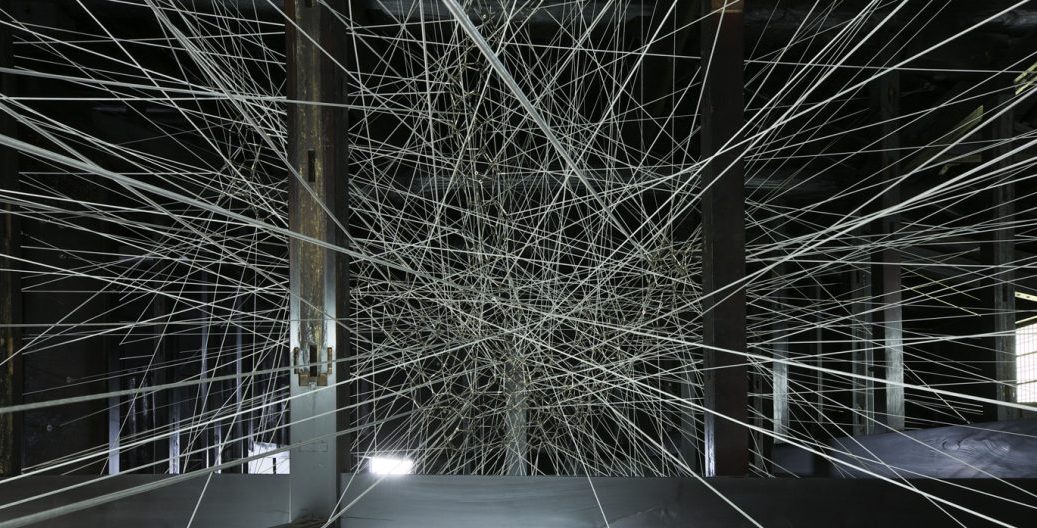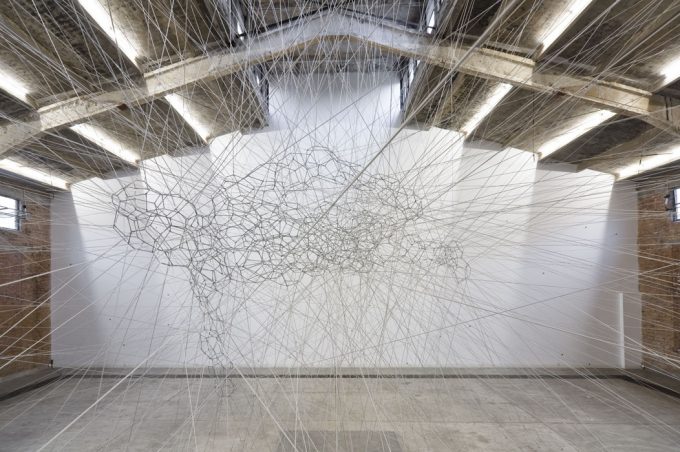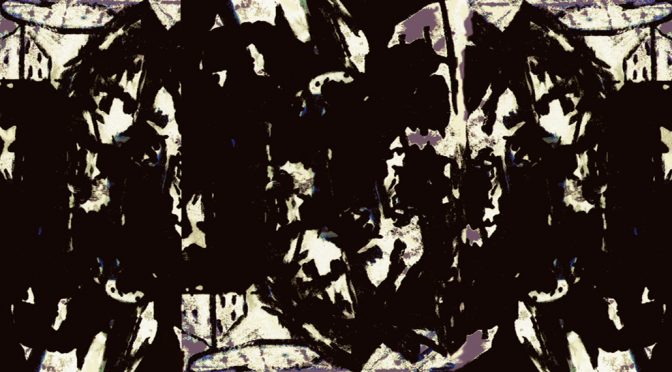
“CO-ORDINATE” MAPPINGS BY ANTHONY GORMLEY
CO-ORDINATE presents Antony Gormley, one of the most prominent artists of his generation. This show is conceived as a foil to the sculptures presented in Gormley’s last exhibition in Italy – HUMAN at the Forte Belvedere in Florence (2015) – when 103 solid iron body forms were placed in a istoric environment.
Gormley has brought the body back to sculpture as place rather than object; as the locus of experience rather than as an object of representation. Using his own body as subject, instrument and material, the artist explores spatial relationships between human beings and their environment, conducting an on-going investigation of the body as a site of memory and of transformation.
SHARE THIS ARTICLE “Co-Ordinate”, Anthony Gormley, through 28 August 2017, Galeria Continua, San Giminiano galleriacontinua.com
CO-ORDINATE brings together a series of works that consider the linear mapping of space: internal, perceptual and architectural. The exhibition takes its title from the coordination of mind and body in the everyday act of walking. CO-ORDINATE (2017), is the first encountered at the gallery and its two stretched steel bars are diagnostic tools against whose absolute geometry the viewer is invited to measure herself.
Throughout the show the mapping of body and space interrogates both architecture and our own moving state. The exhibition’s principle work, LOST HORIZON II (2017), foregrounds the co-ordination of all perceptions in the negotiation of an environment. The installation uses 21 kilometres of silk-wrapped bungee to make an interactive zone, inviting physical exploration and allowing the viewer to become the viewed. In negotiating LOST HORIZON’s forest of over 4000 vertical, taut silk lines, the viewer’s field of vision becomes confused.

Their passage becomes a willed movement through a space that both resists and remembers the trajectory of the journey, each visitor leaving a trace of vibrations lasting many minutes after their journey has ended. The varied thickness of the bungees confuse the distinctions between foreground, midground and distance, producing an optical field that, like MATRIX (2014), is impossible to bring into focus.
This gives rise to feelings of dislocation and vertigo in the viewer.Using the full variety of spaces offered by the gallery, the exhibition continues with different linear works that attempt an objective mapping of subjective space. An early example of body mapping, INTO THE LIGHT (1986-7), is a hollow lead body case whose surface is divided by the same intersecting vertical and horizontals found in CO-ORDINATE. Other later examples, as in SCAFFOLD IV (2017), develop this language to form three dimensional maps of total body volumes. At the rear of the theatre can be found ‘Liners’, drawn sculptures that evolve the mapping further, treating human space as a connective energy system.
.
.
READ MORE FROM ART & PHOTOGRAPHY

“DARKNESS VISIBLE” – A PHOTOGRAPHIC STUDY BY MANI NEJAD
Darkness Visible is a visual journey through urban landscapes portraying their structural and formal qualities. Conceived as a black and white study it presents a narrative of fictional minimalism that is drawn from real places in present time…

GERHARD RICHTER AT FONDATION LOUIS VUITTON PARIS
Now on show at the Fondation Louis Vuitton in Paris is one of the most ambitious retrospectives of Gerhard Richter’s career. Running through 2 March 2026, the exhibition spans more than six decades of Richter’s artistic practice, presenting around 270…

“THE SWIRL” – PAINTINGS & DRAWINGS OF MANI NEJAD
Berlin and London based artist Mani Nejad has been developing his Brain Blitz series over a period of several years. It’s a comprehensive suite of delicate works weaving together various media …
